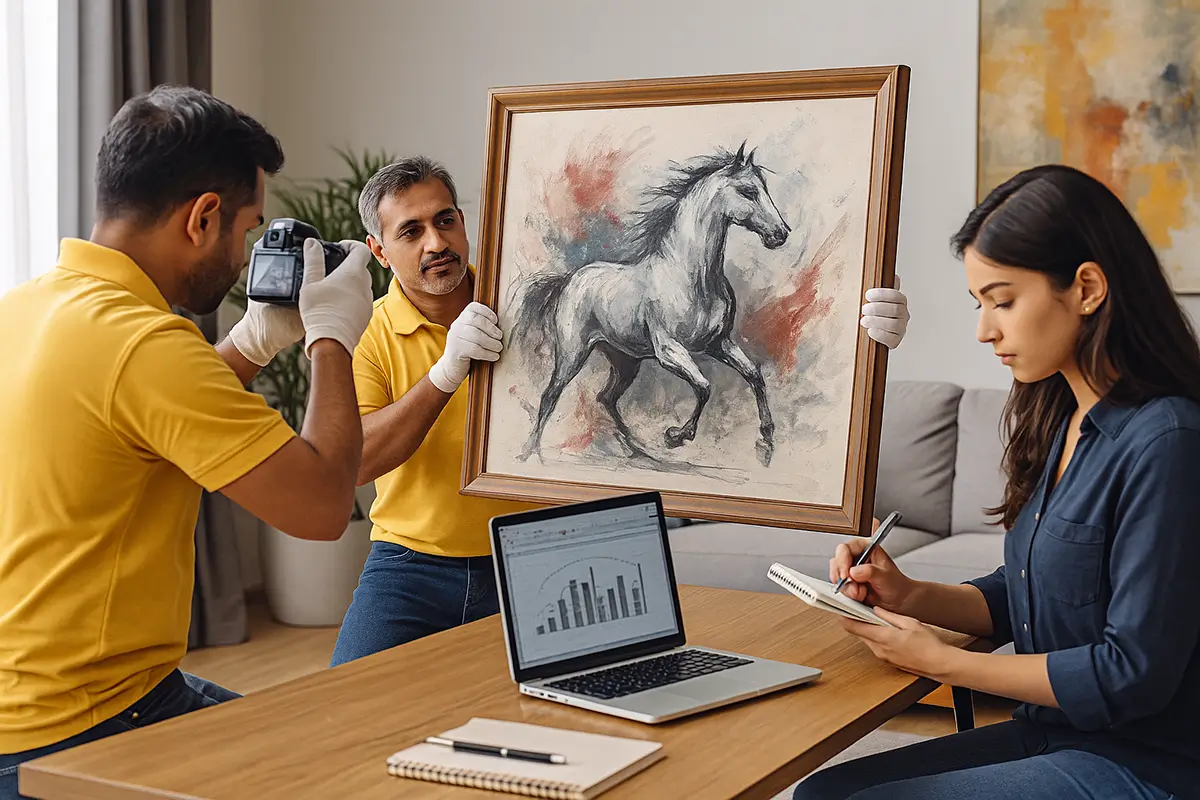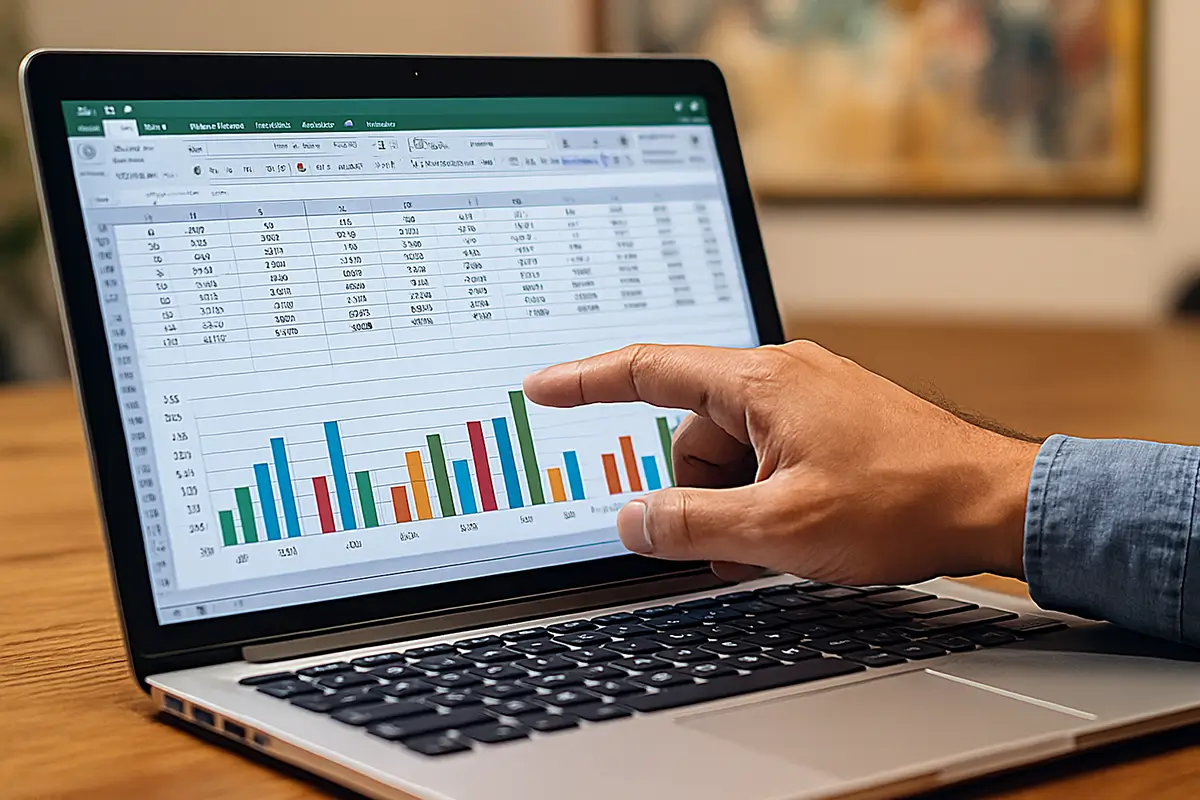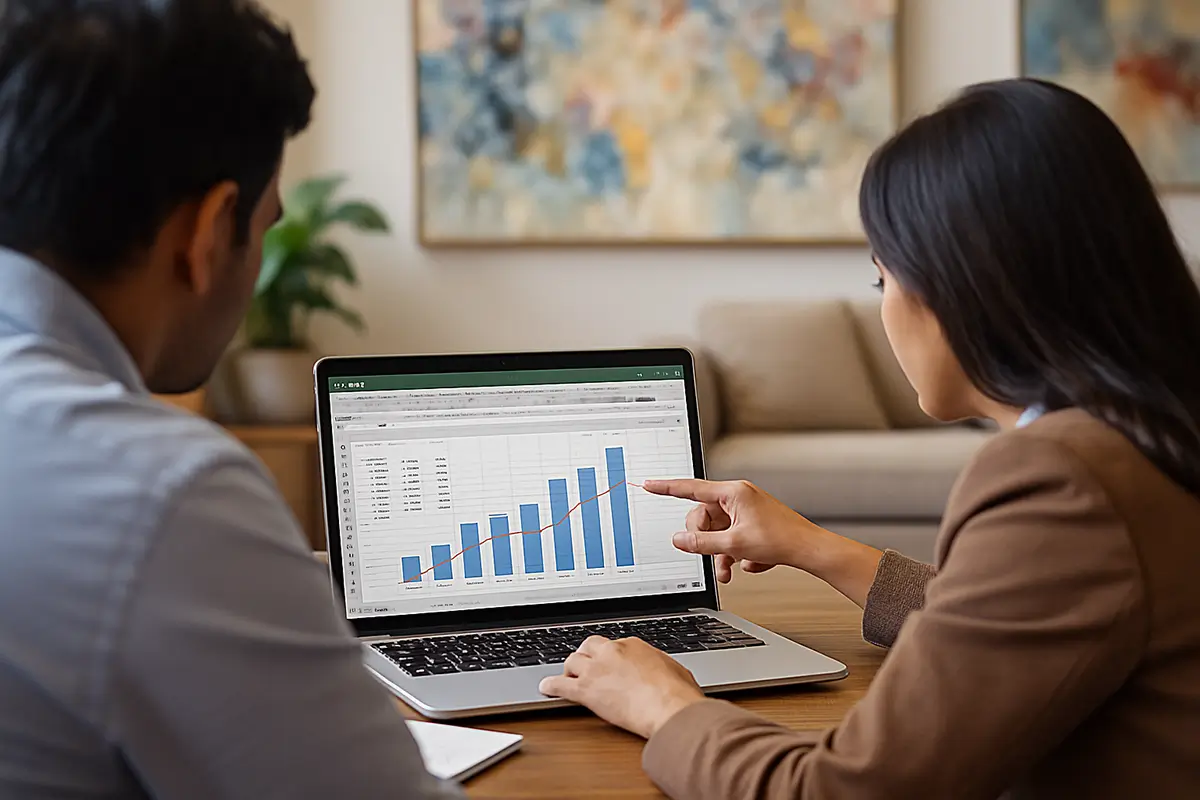Introduction: Why art taxation matters more than ever
For decades, art in India was treated informally in financial planning. Works were bought and sold within private circles, often without structured records. But as the Indian art market has matured and prices for modern and contemporary works have climbed into crores, the tax implications of art transactions have become unavoidable.
Whether you are a private collector, a corporate with a cultural program, or an inheritor of a legacy collection, understanding taxation of art in India is now critical. Taxation impacts acquisitions, sales, imports, inheritance, donations, and even insurance.
This article explains how art is taxed in India, the specific rules around GST, capital gains, estate transfers, and donations, and why professional valuation is central to compliance.
Art as a taxable asset in India
Under Indian law, art is categorised as a capital asset. This means it is treated similarly to real estate or jewellery when it comes to taxation.
What qualifies as “art” for tax purposes?
- Paintings, drawings, and sculptures.
- Photographs and prints (in certain cases).
- Works of art more than 100 years old (subject to antiquities regulation).
- Collectibles such as manuscripts, coins, and rare artefacts.
The government recognises that art carries both cultural value and commercial value. While the former preserves heritage, the latter creates taxable events.
GST on art: What buyers and sellers must know
1. GST on sales
- 5% GST applies to the sale of artworks within India (standard for paintings, sculptures, and artefacts).
- The GST is charged on the transaction price and collected by the gallery, dealer, or artist.
- For corporates and institutions, GST input credits may apply depending on structure.
2. GST on imports
- When importing artworks into India, GST of 5% is applicable along with customs duties (varies depending on classification).
- Import documentation must include invoices and, ideally, valuation reports to substantiate declared value.
3. GST exemptions
- Certain categories, such as donations to registered museums or cultural institutions, may receive exemptions.
- However, these exemptions are specific and must be validated case by case.
Takeaway: For buyers and sellers alike, GST compliance is critical—especially as authorities increase scrutiny of high-value transactions.
Capital gains tax on artworks
Short-term vs Long-term
- If art is sold within 36 months of purchase → Short-Term Capital Gains (STCG) applies. Gains are added to the individual’s total income and taxed at the applicable slab rate.
- If art is sold after 36 months → Long-Term Capital Gains (LTCG) applies, taxed at 20% with indexation.
Example:
- Painting bought for ₹10 lakh in 2020.
- Sold for ₹30 lakh in 2025.
- Indexed cost (after inflation adjustment) ~₹12 lakh.
- LTCG = ₹30 lakh – ₹12 lakh = ₹18 lakh.
- Tax payable = 20% of ₹18 lakh = ₹3.6 lakh (plus surcharge/cess).
Capital gains for corporates
For companies holding art as an investment, capital gains tax rules similarly apply, with corporate tax rates based on structure.
Inheritance and estate transfers
Unlike in some countries, India does not levy inheritance tax. However:
- When heirs sell inherited artworks, capital gains tax applies, using the previous owner’s acquisition cost and date for calculation.
- This makes accurate documentation of acquisition prices and dates critical.
For estate planning, professional valuations ensure heirs can declare fair market values for both compliance and equitable division.
Donations and philanthropy
Art donations to registered charitable institutions, museums, or trusts may qualify for tax deductions under Section 80G of the Income Tax Act.
Key conditions:
- Recipient must be registered.
- Donation must be documented with valuation.
- Deduction is typically a percentage of fair market value (subject to limits).
Philanthropic collectors can therefore align cultural contributions with tax efficiency—but only with robust valuation.
Tax risks in art transactions
1. Undervaluation or overvaluation
- If declared sale prices don’t match market realities, tax authorities may challenge valuations.
- Overvaluation can create artificial tax shields; undervaluation can reduce declared capital gains. Both invite scrutiny.
2. Cash transactions
- Large cash deals remain a legacy issue in Indian art. These expose collectors to penalties and reputational risk.
3. Antiquities and artefacts
- The Antiquities and Art Treasures Act (1972) restricts trade in works over 100 years old. Transactions outside compliance invite legal as well as tax complications.
4. Cross-border transfers
- Export of antiquities requires permits.
- International sales must account for Indian tax obligations and foreign regulations.
The role of valuation in tax compliance
Professional art valuation underpins almost every taxable event:
- GST compliance: Establishes transaction values for sales/imports.
- Capital gains: Provides defensible acquisition and sale values.
- Estate planning: Supplies fair market values for inheritance.
- Donations: Substantiates deductions with valuation reports.
- Audits: Ensures collections are properly declared in financial statements.
Without valuation, collectors risk disputes, penalties, or undervaluing their assets.
Case examples (anonymised)
Case 1: Private collector in Delhi
Sold two modern paintings acquired in the 1990s. Professional valuation ensured correct LTCG calculations with indexed acquisition costs, avoiding penalties.
Case 2: Corporate in Mumbai
Imported a large sculpture for its lobby. Valuation reports substantiated declared value for customs and GST compliance, ensuring smooth clearance.
Case 3: Family inheritance in Kolkata
Inherited a mixed collection of Bengal School works and artefacts. Valuation enabled heirs to equitably divide assets and plan capital gains for eventual sales.
Best practices for collectors navigating taxation
- Document acquisition prices with invoices and receipts.
- Maintain provenance and catalog records to substantiate ownership.
- Revalue regularly (every 18–24 months) to keep records up to date.
- Work with professionals—valuers, tax advisors, and lawyers.
- Avoid cash transactions; prioritise bank transfers for traceability.
- Plan estate transfers early, reducing disputes among heirs.
- Stay updated on GST rules and changes in tax law.
Future outlook: Art and taxation in India
As India’s art market grows, taxation is set to become more structured and closely monitored. Likely developments include:
- Increased scrutiny of high-value art transactions by tax authorities.
- Integration of digital platforms for declaring art assets.
- Stronger alignment with global best practices in valuation and compliance.
- Potential incentives for philanthropic donations of cultural property.
For collectors, this means taxation is no longer peripheral—it is central to collection management.
Conclusion: Turning tax risk into financial stewardship
Art is both cultural treasure and financial asset. But in India’s evolving tax landscape, neglecting the fiscal side of collecting is risky. With GST, capital gains, and compliance requirements in play, professional valuation and tax planning are the only way to safeguard both heritage and financial security.Explore our Art Valuation Services to ensure your collection is tax-compliant, accurately valued, and ready for any transaction—whether sale, inheritance, or donation. With the right strategy, taxation need not be a burden; it can be part of responsible cultural stewardship.













